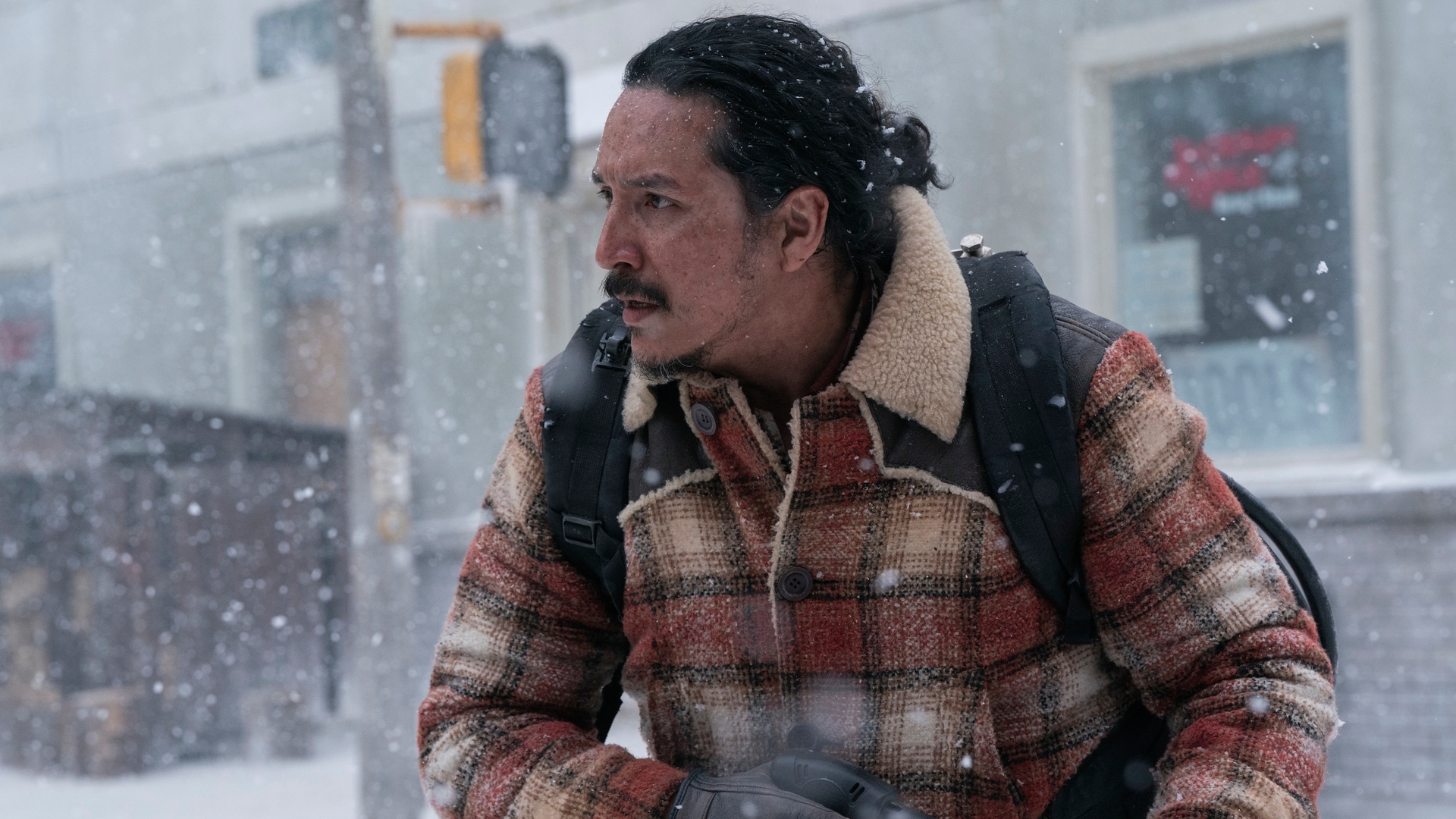## The Last of Us: From Playground to Pitfall?
The Last of Us Part II. A masterpiece. A gut-punch. A rollercoaster of emotions that redefined what narrative could achieve in gaming. Now, HBO’s adaptation of this acclaimed story has captivated millions, with season one earning rave reviews. But whispers are turning into shouts: season two is taking a dangerous turn, straying from the source material in ways that leave fans reeling.

The Power of Silence
Environmental Storytelling and Emotional Impact

One of the most striking aspects of The Last of Us Part 2 is its masterful use of silence and environmental storytelling. The game understands that sometimes, the absence of sound can be more powerful than any spoken dialogue. When Ellie wanders through the deserted streets of Seattle, the only sounds are the crunch of her footsteps and the distant hum of the infected, creating a chilling atmosphere of loneliness and desolation. This silence isn’t just a technical achievement; it’s a deliberate choice that amplifies the emotional weight of Ellie’s journey.
In contrast, the HBO show often relies on dialogue and exposition to convey emotions, which can feel heavy-handed and detract from the game’s subtle nuances. While the show does occasionally utilize silence, it doesn’t have the same impact as it does in the game. The constant barrage of dialogue can overwhelm the player, preventing them from fully immersing themselves in the world and connecting with the characters on an emotional level.

Pacing and Atmosphere
The game’s pacing is also crucial to its success. It masterfully builds tension and suspense, lulling the player into a false sense of security before unleashing moments of intense action or gut-wrenching tragedy. This deliberate pacing allows the player to savor the quiet moments and appreciate the weight of the game’s story.
The show, unfortunately, doesn’t always replicate this delicate balance. The faster pace and reliance on exposition can feel jarring at times, disrupting the flow of the narrative and undermining the emotional impact of key events.

Exploring Complex Themes
Grief, Forgiveness, and the Cycle of Violence
The Last of Us Part 2 delves into complex themes of grief, forgiveness, and the cyclical nature of violence in a way that few video games have attempted before. The game doesn’t shy away from portraying the raw, messy emotions that come with trauma and loss. It explores the devastating impact of violence on individuals and society, forcing players to confront difficult questions about morality and revenge.
The show, while touching upon these themes, simplifies them considerably. Ellie’s journey, particularly her descent into vengeance, feels less nuanced and more driven by external forces than it does in the game. The show’s focus on action and spectacle often overshadows the emotional complexities that make the game’s story so compelling.

Character Development
The game’s characters are deeply flawed and multi-layered, each grappling with their own demons and internal conflicts. Abby, the game’s antagonist, is a prime example. While her actions are undeniably brutal, the game takes the time to explore her motivations and backstory, revealing a character who is both sympathetic and terrifying. This complexity allows players to empathize with her, even as they condemn her actions.
The show, unfortunately, doesn’t give Abby the same level of depth. Her characterization feels more one-dimensional, lacking the nuance and complexity that make her such a fascinating antagonist in the game.

A Call for Authenticity
Embracing the Source Material
While The Last of Us Part 2 is a phenomenal work of art, the HBO show’s adaptation feels like a missed opportunity. The show has the potential to be just as impactful and thought-provoking as the game, but it falls short by relying on shortcuts and simplifying the narrative complexities that made the game so powerful.
The showrunners need to remember that the source material is rich with potential waiting to be explored in a nuanced and thought-provoking way. By embracing the game’s strengths, particularly its emotionally resonant storytelling and complex characters, the show can truly capture the essence of The Last of Us Part 2 and deliver a truly unforgettable experience.
Conclusion
So, while “The Last of Us” season two has us on the edge of our seats, it seems the showrunners are venturing into uncharted territory, straying from the masterpiece that is the game. From the pacing to the character development, key elements that made the game’s narrative so powerful seem to be getting lost in translation. This begs the question: can a faithful adaptation truly capture the essence of a game like “The Last of Us Part II,” especially when dealing with such complex themes and morally ambiguous characters? The implications are far-reaching. This divergence raises concerns about the future of video game adaptations. If a game as critically acclaimed and beloved as “The Last of Us Part II” can be mishandled, what does that say about the potential for other adaptations? It highlights the delicate balance between respecting source material and adding a unique cinematic spin. Ultimately, “The Last of Us” season two serves as a cautionary tale, a reminder that the magic of a video game experience can be incredibly difficult to replicate on screen. Will the show manage to reclaim its footing and deliver a satisfying conclusion, or will it fall victim to the same pitfalls that plague many adaptations? Only time will tell, but the stakes are high.
